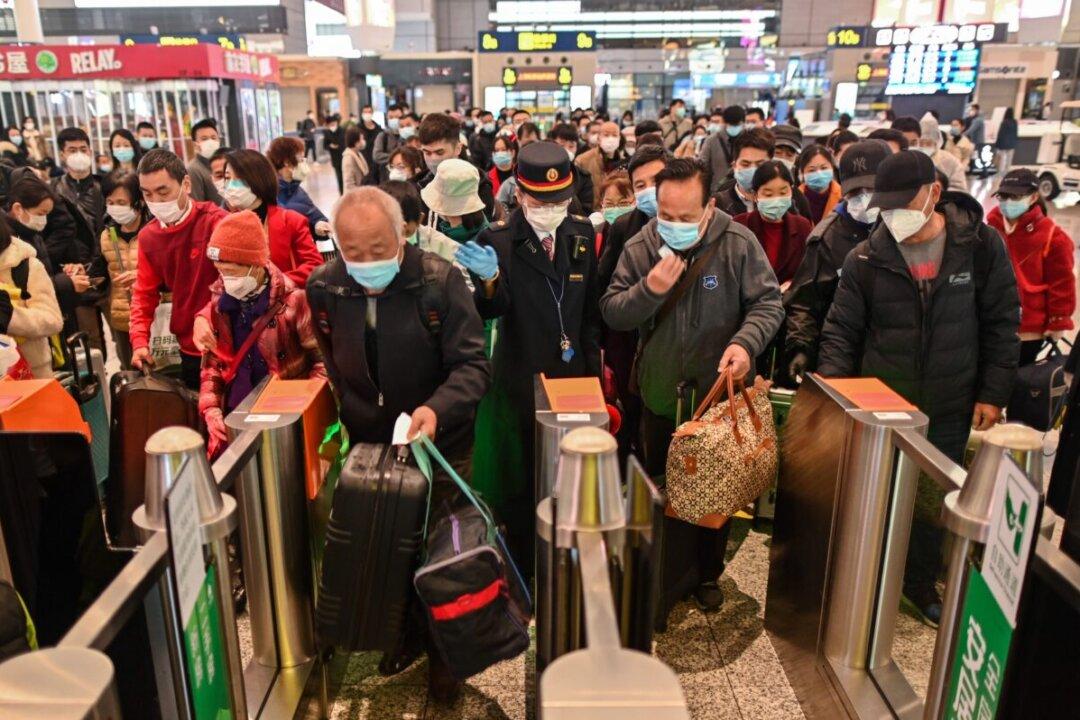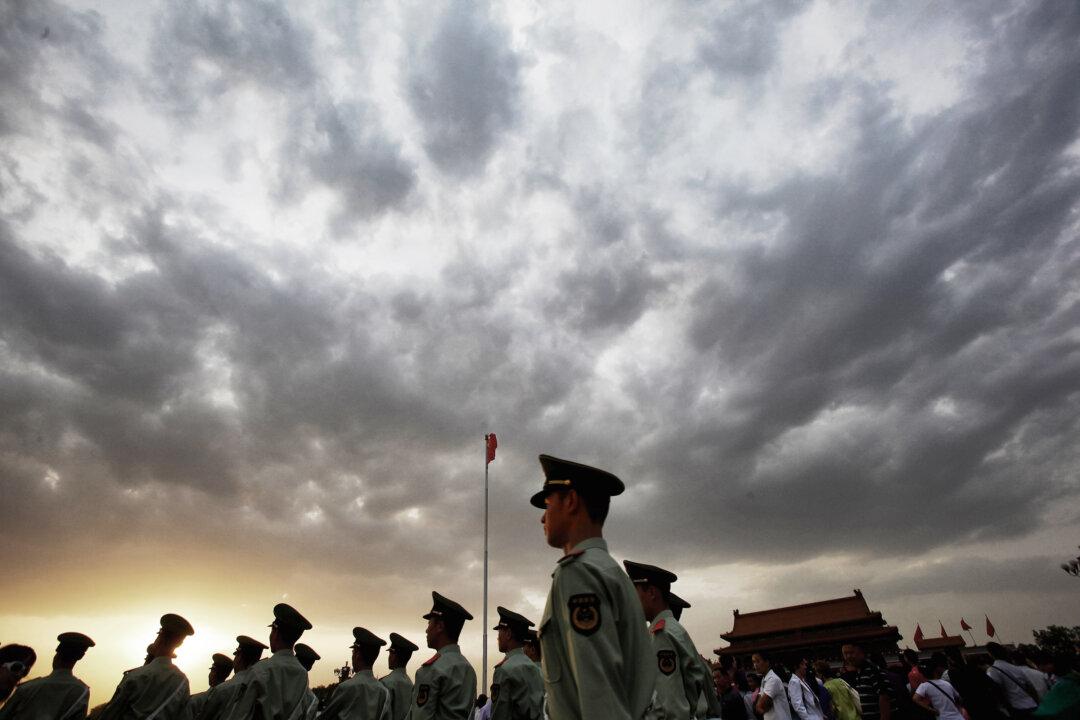Residents of Shanghai, China’s largest city of 25 million people, were caught off guard by the sudden reopening of the city after a prolonged lockdown and enforcement of zero-COVID measures. Reports indicate that the number of COVID cases in Shanghai continues to mount and is at a record high, and the crematoriums and funeral providers are experiencing overwhelming demand for their services. Many healthcare workers are infected with the virus but need to go to work.
The megacity’s medical emergency system, which consists of 10 centers with 1,251 emergency vehicles and 4,046 staff, is currently under heavy pressure, said state-run media The Paper on Dec. 26, 2022, which cited the Shanghai Municipal Health and Health Commission as saying that, on Dec. 23, it received 51,852 call-ins for emergency services, and 5,101 ambulances trips were dispatched, numbers that are up 33.5 percent from a week earlier.





